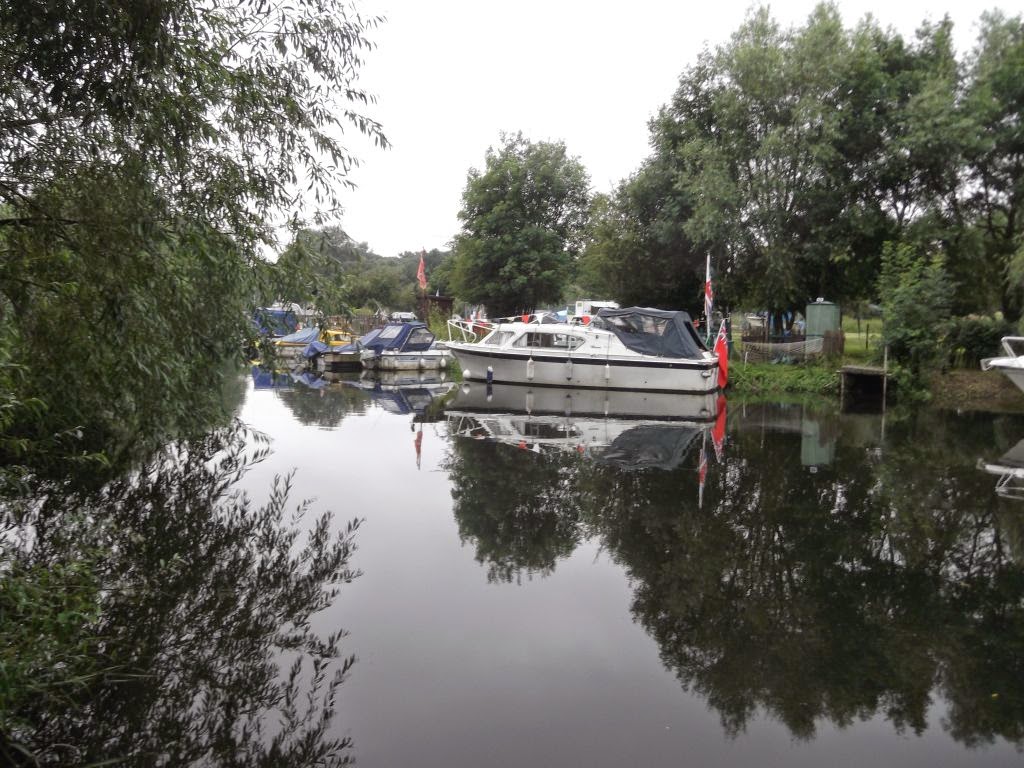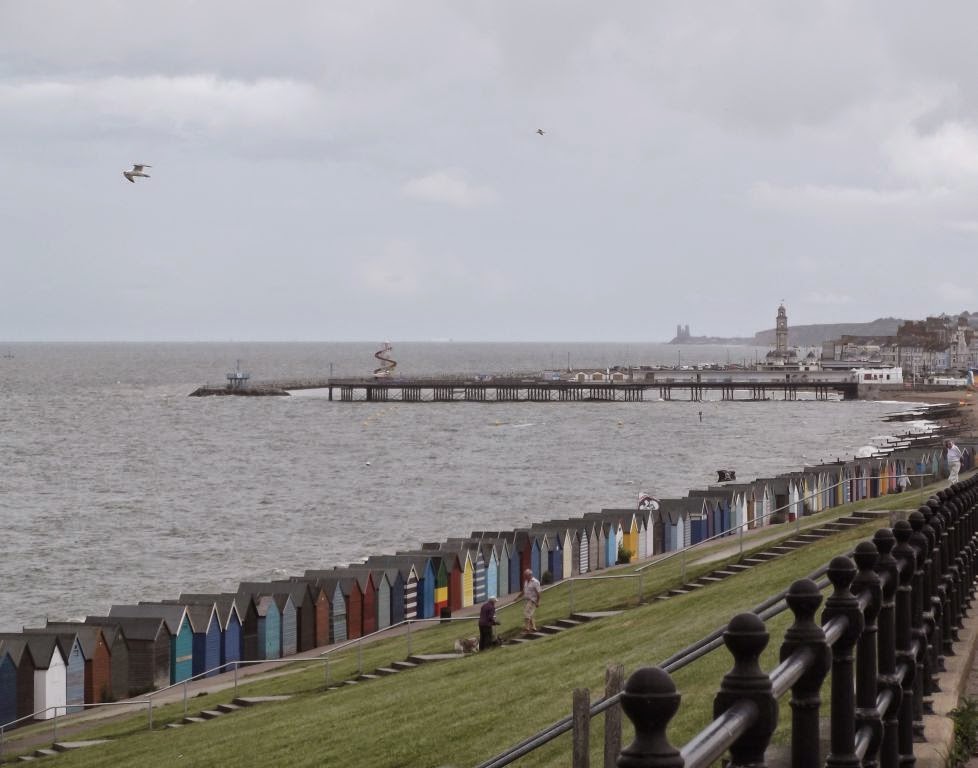For four weekends consecutively, three times by bike and once by train, I've been to Canterbury or close surroundings.
Cant, one of the oldest cities in Britain, is beautiful; and despite the big deal of turistic shops and restaurants, in some streets - long, straight, bordered by brown and low houses - you can breath the atmosphere of ancient years, similarly to Sandwich. And after the walk you can relax on the grass of its lovely gardens. (Relax after walk... how do I speak... I must come back in Italy soon to punish myself on some mountains NDA).
 |
| Westgate Gardens, Canterbury |
 |
| The main facade of the Cathedral |
 |
| Right secondary facade |
The cathedral - we could say a little town into the city - is full of surprises, especially in the cloisters all around and in St Augustine Abbey. It is a sourt of mixture of northern gothic cathedrals' austerity and the classic, mediterranean proportions. Coloumns, vaults, archs with sculpted images, inlaid doors and gates have edured the centuries until today, to show us the prestige of this catholic island in England, where the arcibishop Thomas Beckett was murdered.
 |
| The main cloister |
 |
| Canterbury Roman Museum |
I've always reached Canterbury along the National Cycle Network, passing through ancient villages such as Minster - with its Augustiner Abbey - Monkton, St Nicolas at Wade. After the bridge on the rivier Stour, the geographical Isle of Thanet ends, and the hearth of Kentish countryside starts: huge farms of apples, pears, mangos... and a little further, raspberries, strawberries and cherries as well.
 |
| Monkton's church |
 |
| Inner Thanet Panoramic |
All around Canterbury, there are lovely forests like Blean and Thornden Wood, where I found really enjoying rides for my MBK: and some little hills as well, really appreciated in this flat land!
 |
| Grove Ferry |
Exciting downhills made me reach the nice sea towns north of Canterbury: Herne Bay, with its Victorian promenade and its beach full of coloured huts; and Whitstable, where I ate the typical oysters on the busy Harbour.
 |
| Herne Bay (you can recognize Reculver on the horizon) |
 |
| Withstable: the harbour |
Getting back in Thanet from Whitstable and Herne Bay, means to
follow a long way all along the sea. The first section is known as Oyster Cycle
Trail, and its main landmark is Reculver Norman Abbey, whose twin towers
characterize the seaside view from Herne Bay to Margate. This place was a Roman
Fort, such as Richborough, built on the top of a hill to control the traffic
from the sea to the center of the country.
 |
| Reculver, from west |
 |
| Reculver, from east |
Now we can only see the walls of the ancient fort, and just a half
of its area: the other one has been eroded by the sea. After the end of Roman
Empire, Ango-Saxons occupied the site, but the rests of the church we can see
today date back to the Norman Age. Reculver Abbey, opulent during Middle Age, fell in ruin when the sea started to eat the terrain under its feet: therefore, it was deserted and converted in as a lighthouse in the recent centuries.
Today it appears as a surreal place, with vast views all around, the light brown stones on the green grass contrasting with the blue of the sea. The best way to get here is from Herne Bay, along a footpath - or something similar - that follows the seashore.
While you're walking (or trying to cycle, that's my case, sorry Queen) you can see the glaring signs of the erosion on the sand cliffs on your left, very likely to slide down - and that's why this footpath is dangerous with bad weather or high tide.
The best is to be here with the low tide, to see the desolation of the no-one's land before the sea; and then, suddenly, behind the corner of the cliff, the two towers of Reculver, hidden before, appear. That's ok, we're not on the mountains, but I think that theese emotions are not common for a simple walk or ride along the beach!
Nessun commento:
Posta un commento